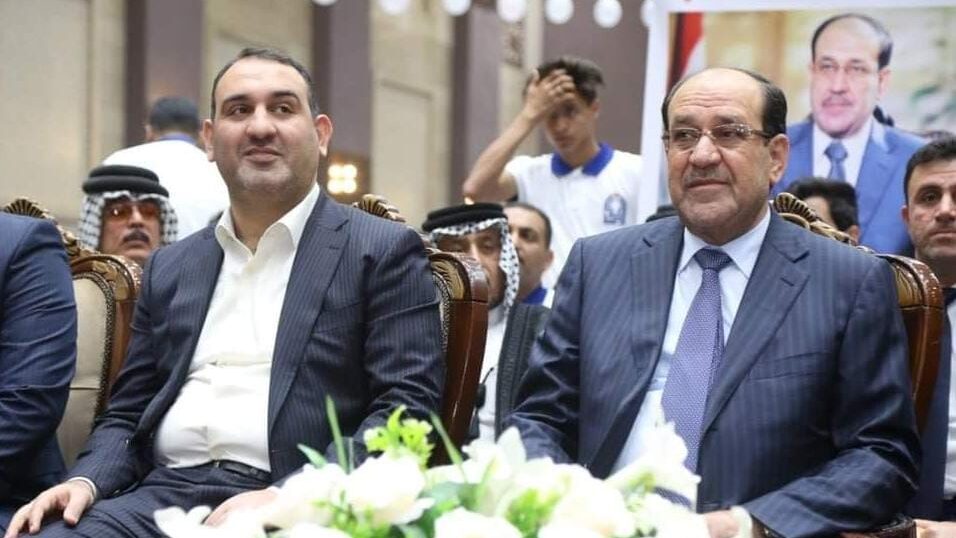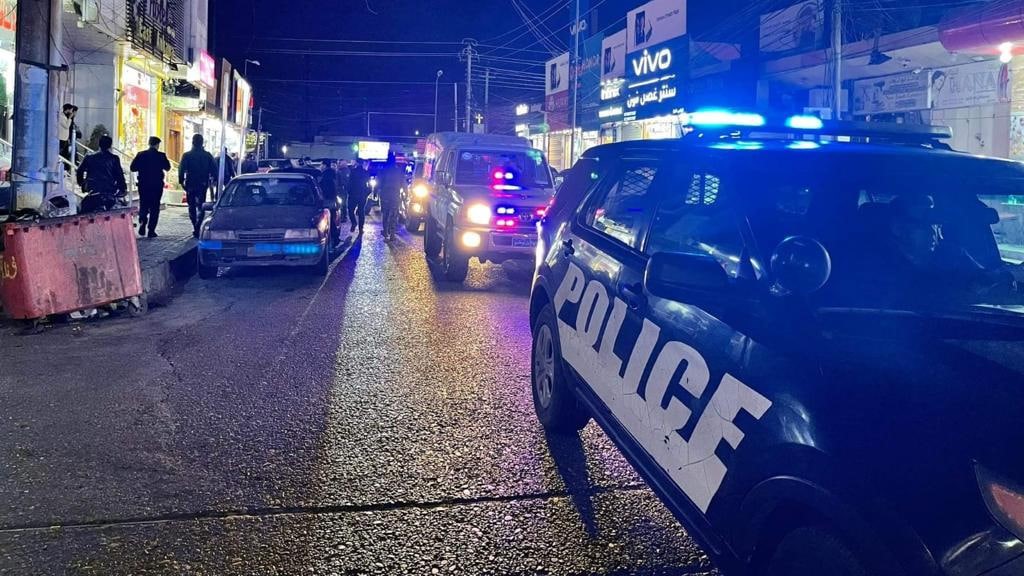The Kurdish Genocide Explained

After the British Empire took over the colonization of what is now considered to be Iraq in 1918, the Kurdish people in the region were absorbed into British-controlled Iraq. Under the Arab nationalist puppet regime installed by the British, Kurdish people as well as Assyrians and other ethnic minorities were oppressed. Although there were frequent uprisings, they were violently suppressed, even after Iraq's independence, according to "Modern Genocide," edited by Paul R. Bartrop and Steven L. Jacobs.
Middle East Quarterly writes that despite this, Kurdish nationalists continued to push back against the Iraqi regime. After the Second World War, Mullah Mustafa Barzani became the leader of the Kurdistan Democratic Party (KDP) and led the revolt against Iraq in both the First and the Second Iraqi-Kurdish Wars, which sought to establish an autonomous Kurdish administration in Iraq.
Following the First Iraqi-Kurdish War, the Ba'ath regime agreed to recognize a Kurdish nation in 1970. However, this autonomous region was to still be under Iraqi authority and in 1974, Barzani once more led Kurdish people to revolt, becoming known as the Second Iraqi-Kurdish War. Although Iran offered support to the Kurdish people during the Second War, their support ended after the Algiers Agreement was made, according to History. As a result, the Kurdish rebellion was subsequently soon suppressed by Iraqi troops. One year after the Second Iraqi-Kurdish War ended, thousands of Kurdish people were forcibly displaced by the Iraqi government and put into camps while over 2,000 Kurdish villages were destroyed.



